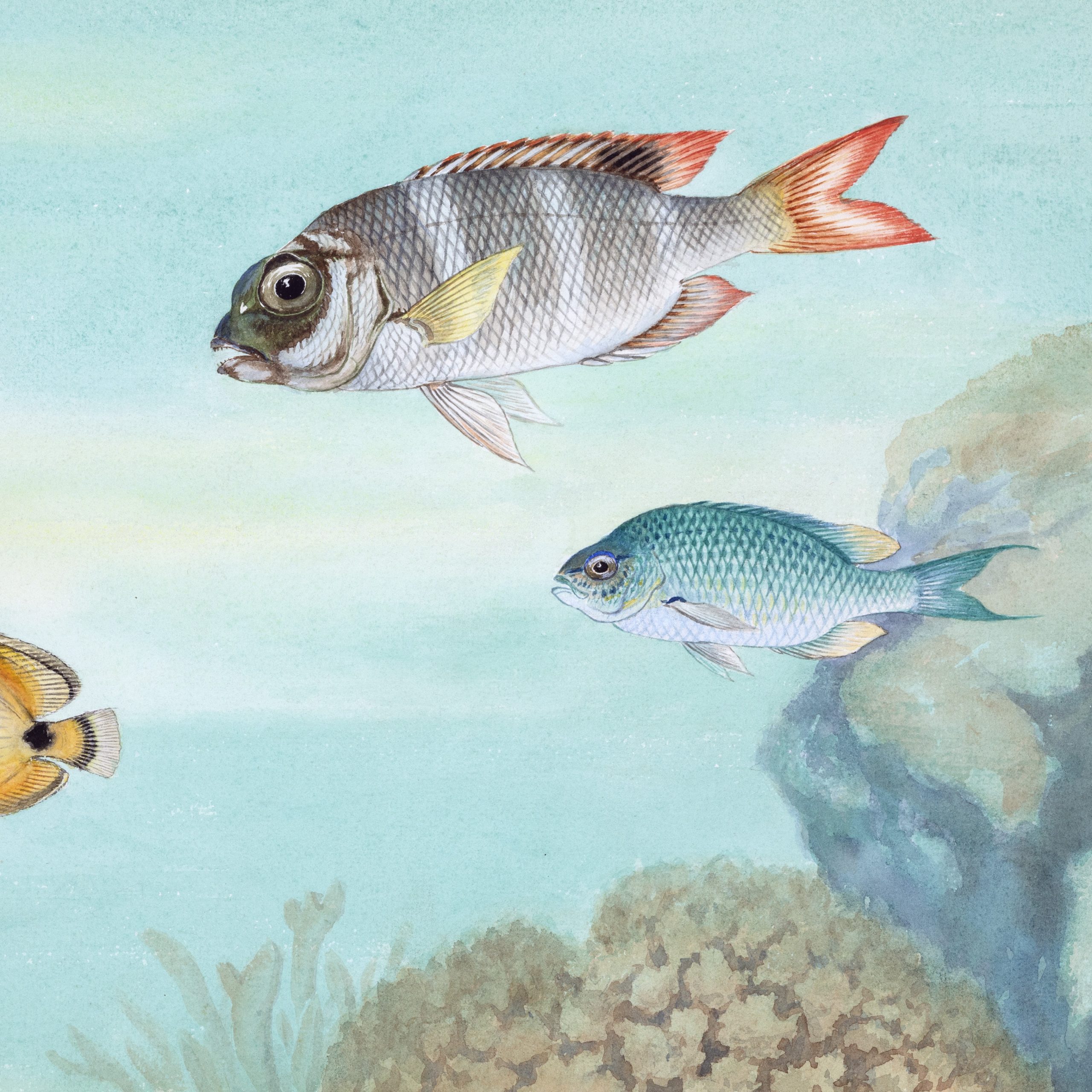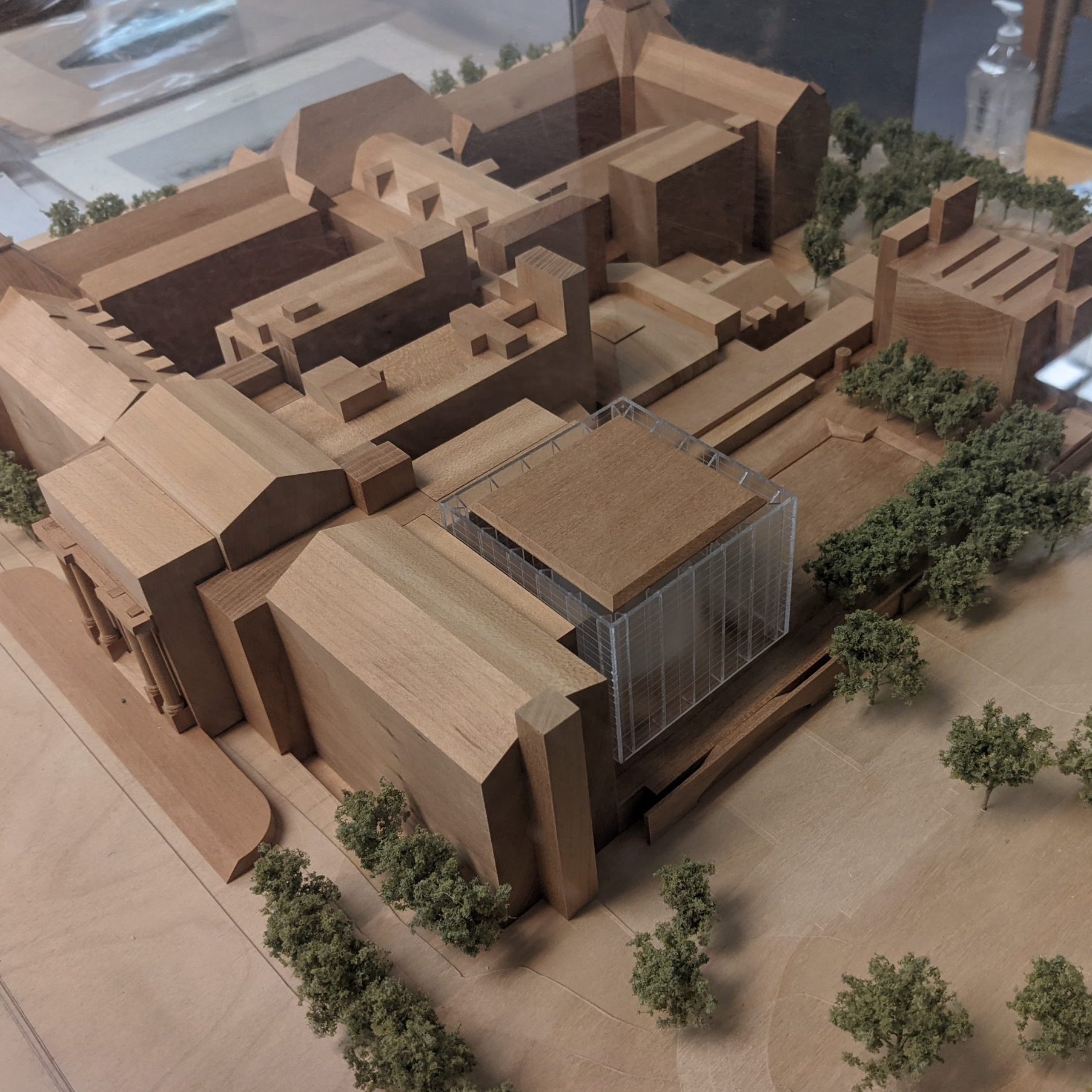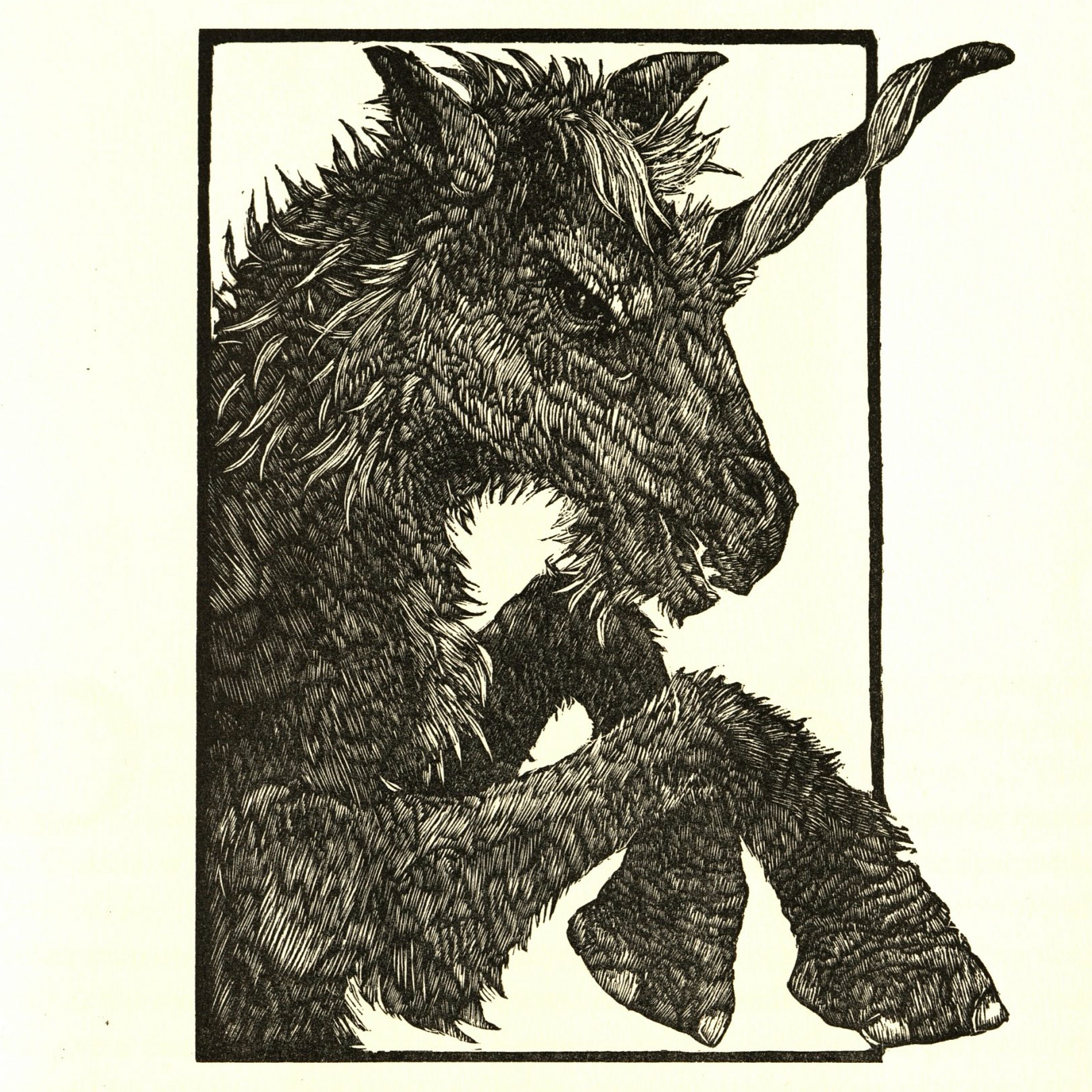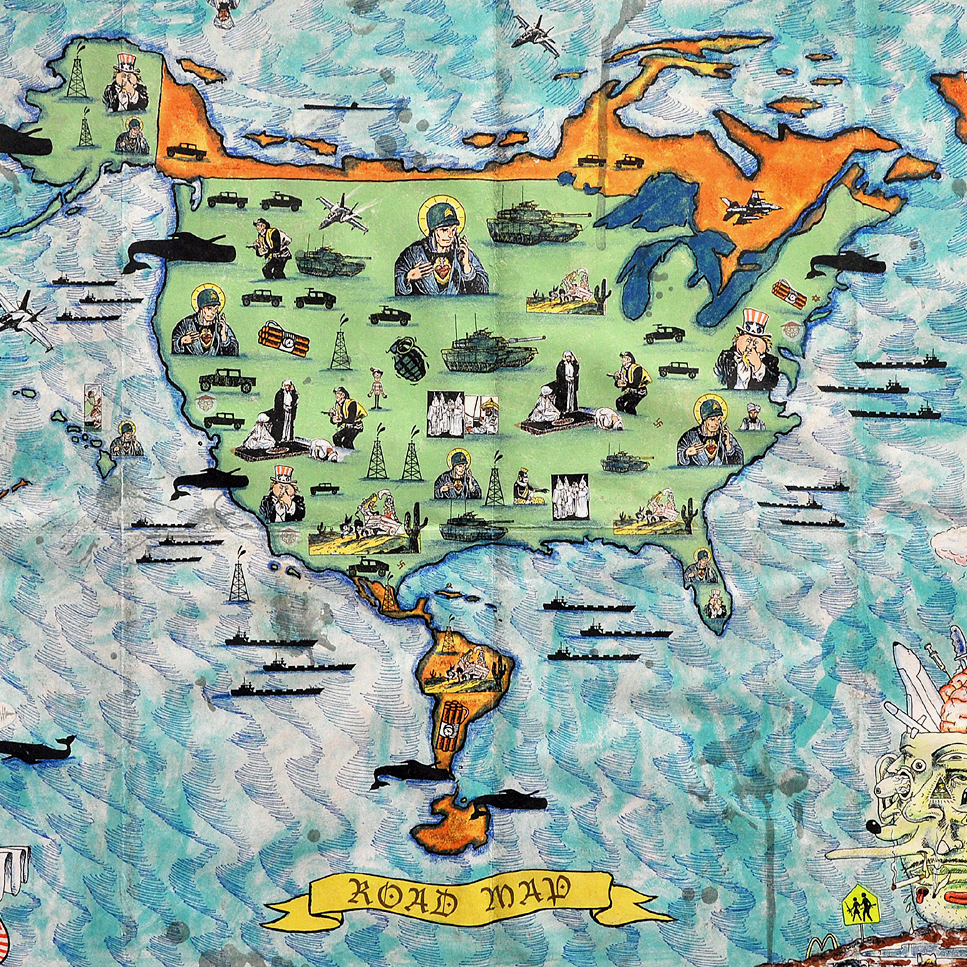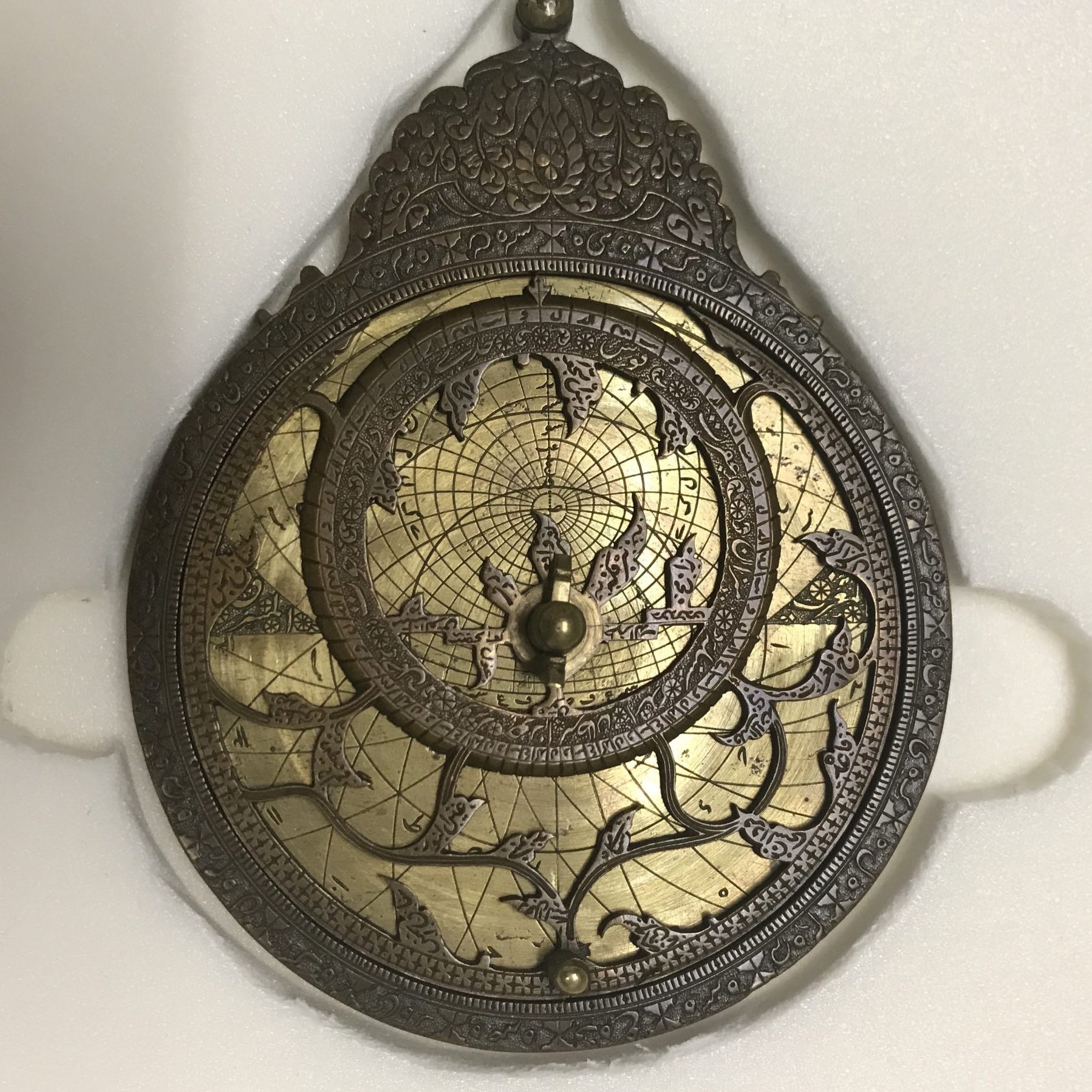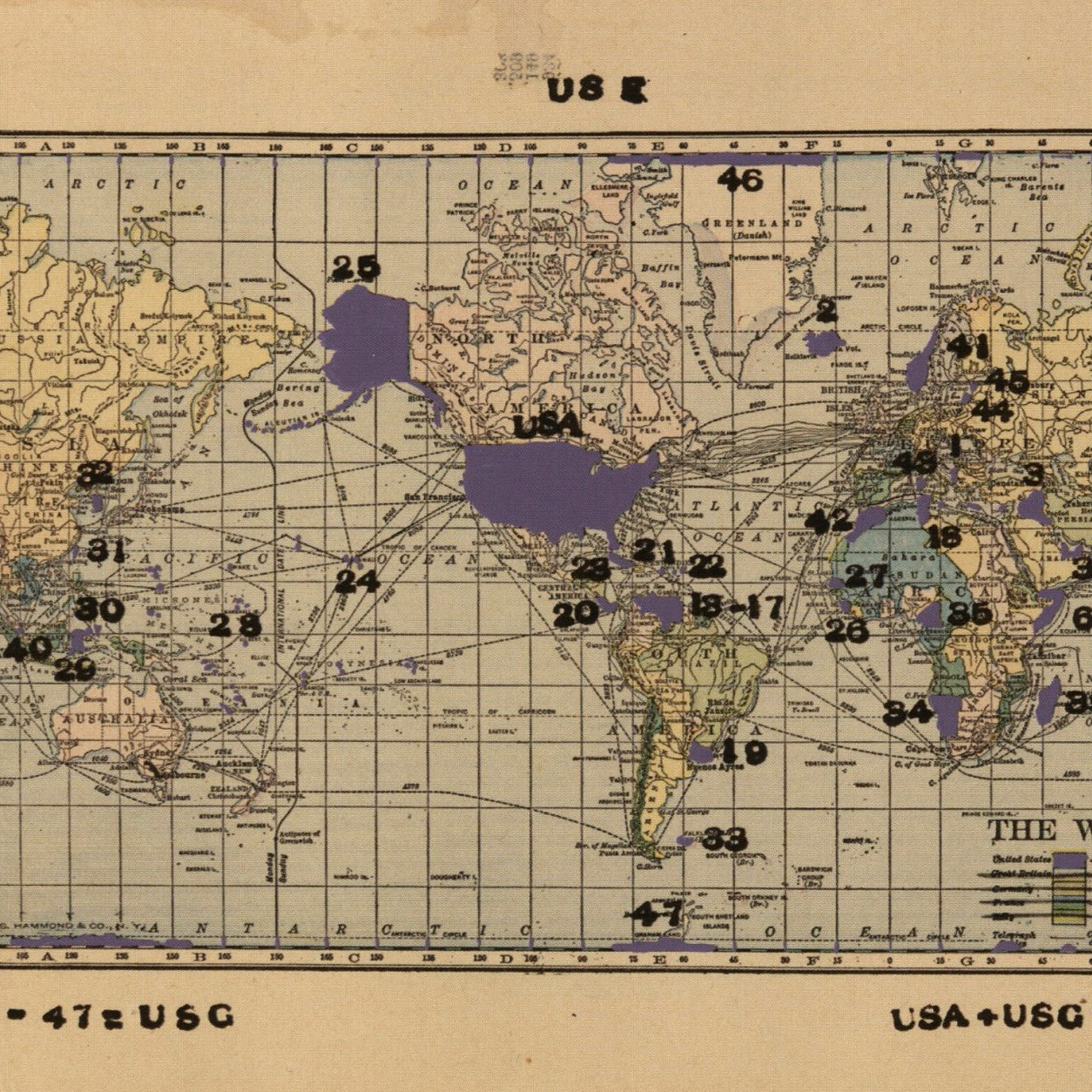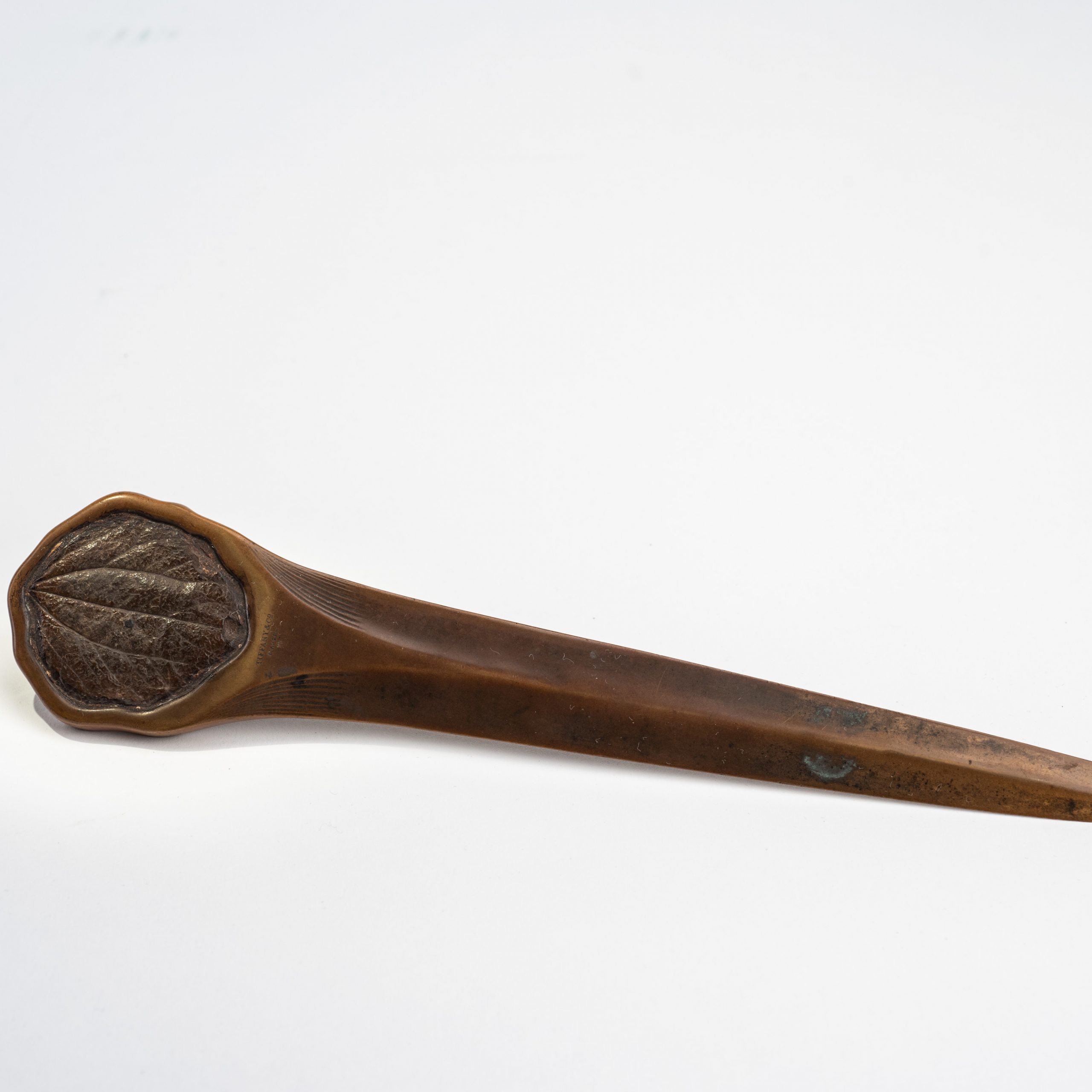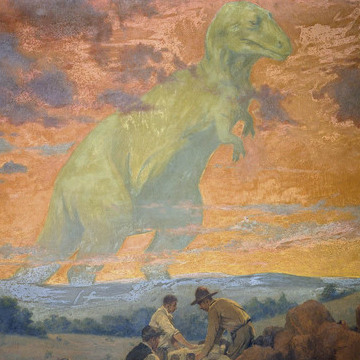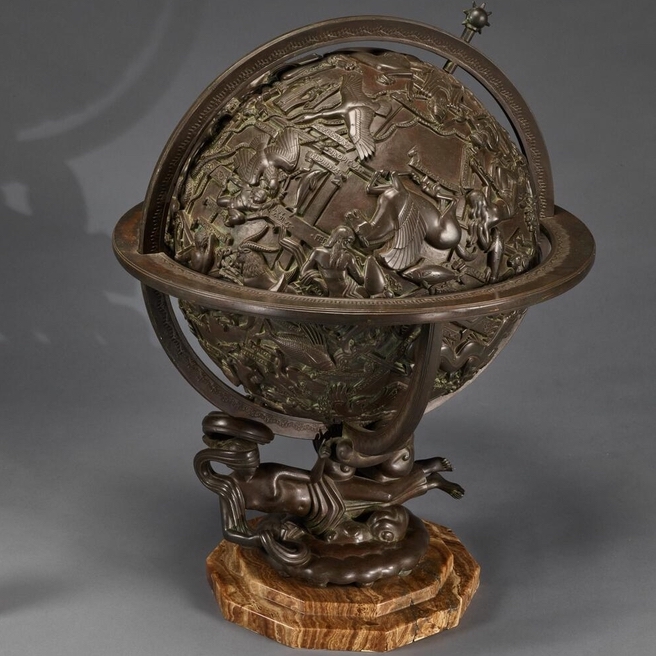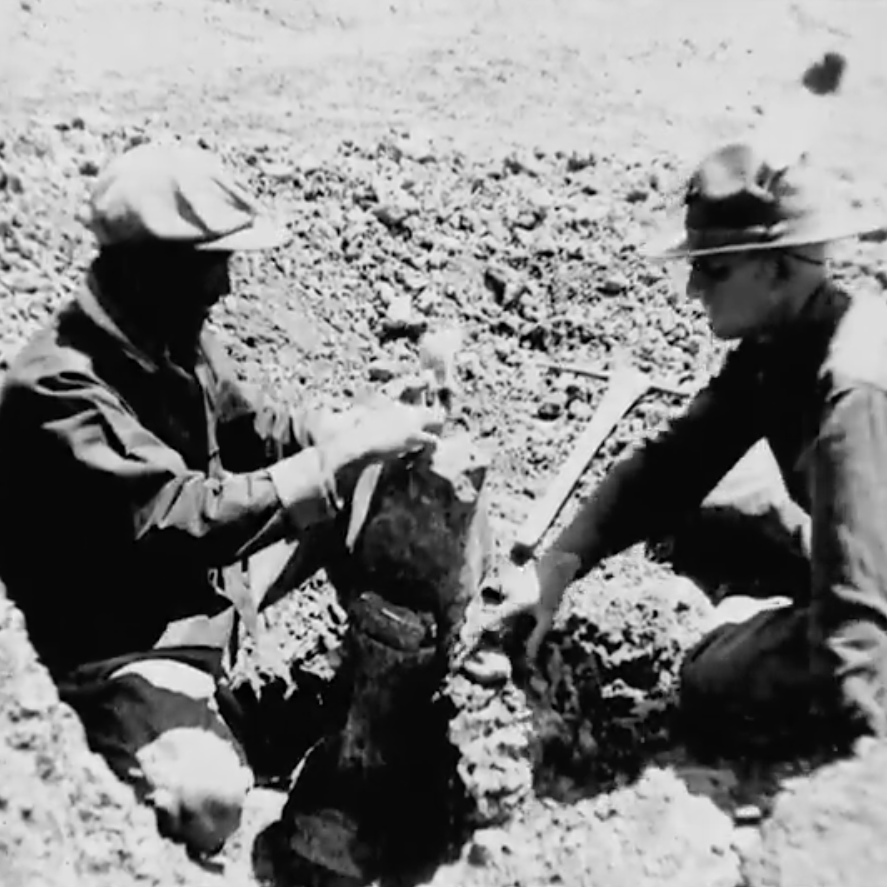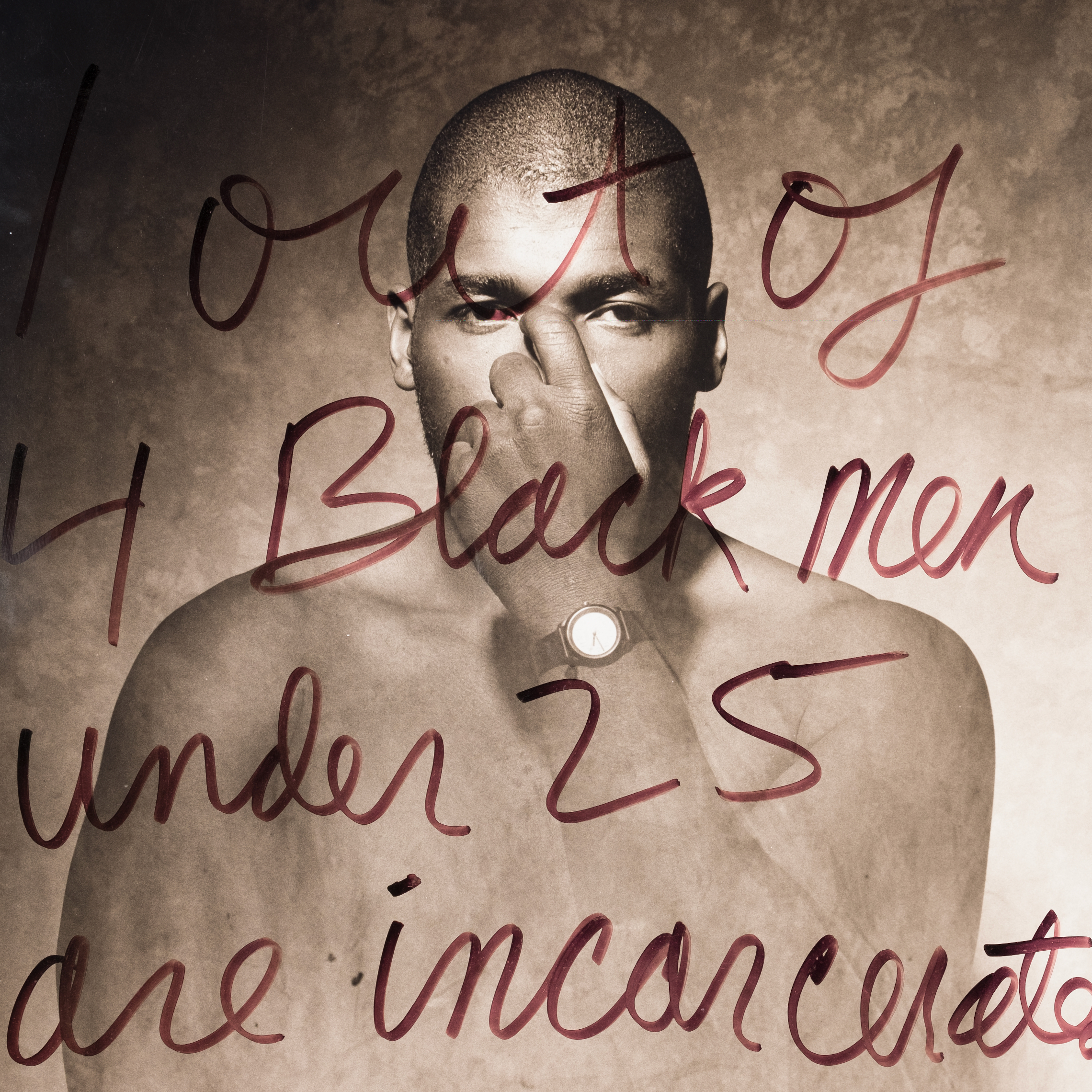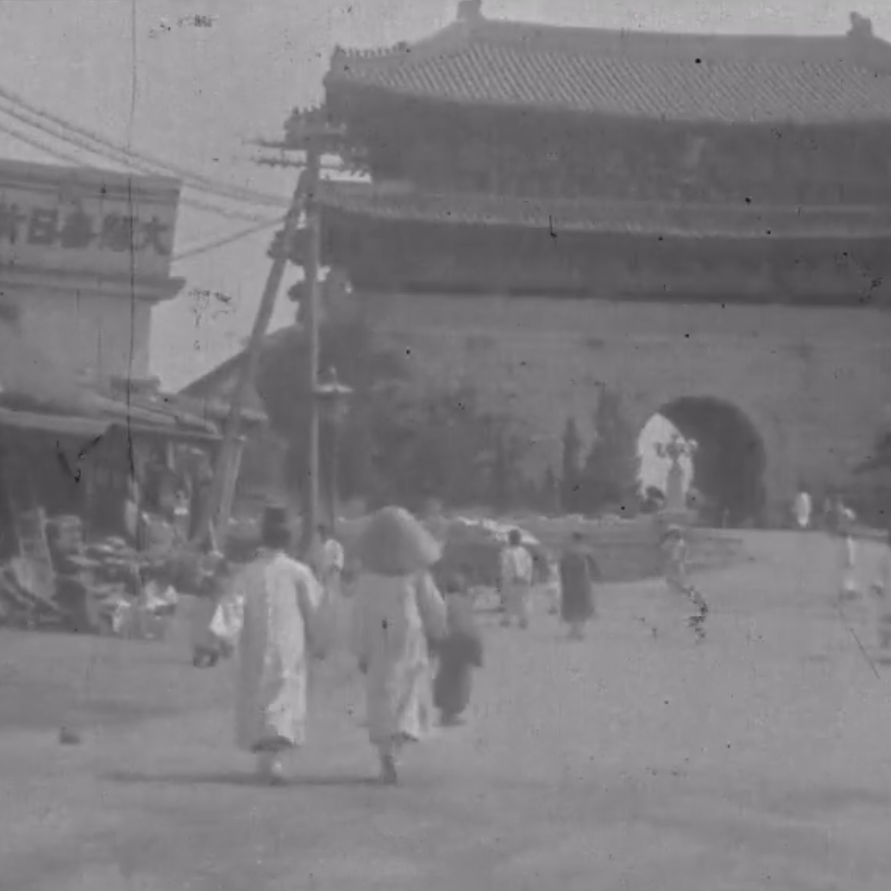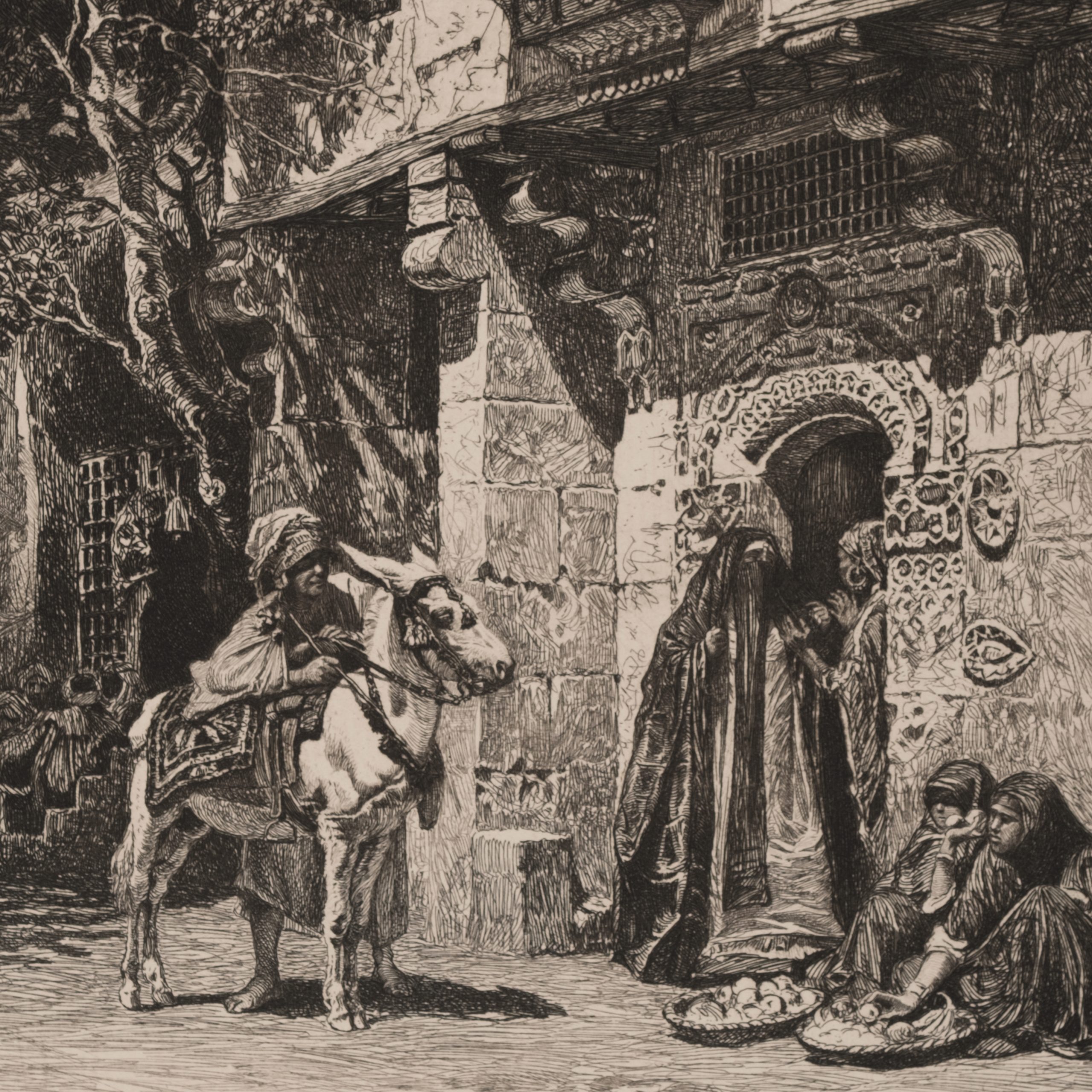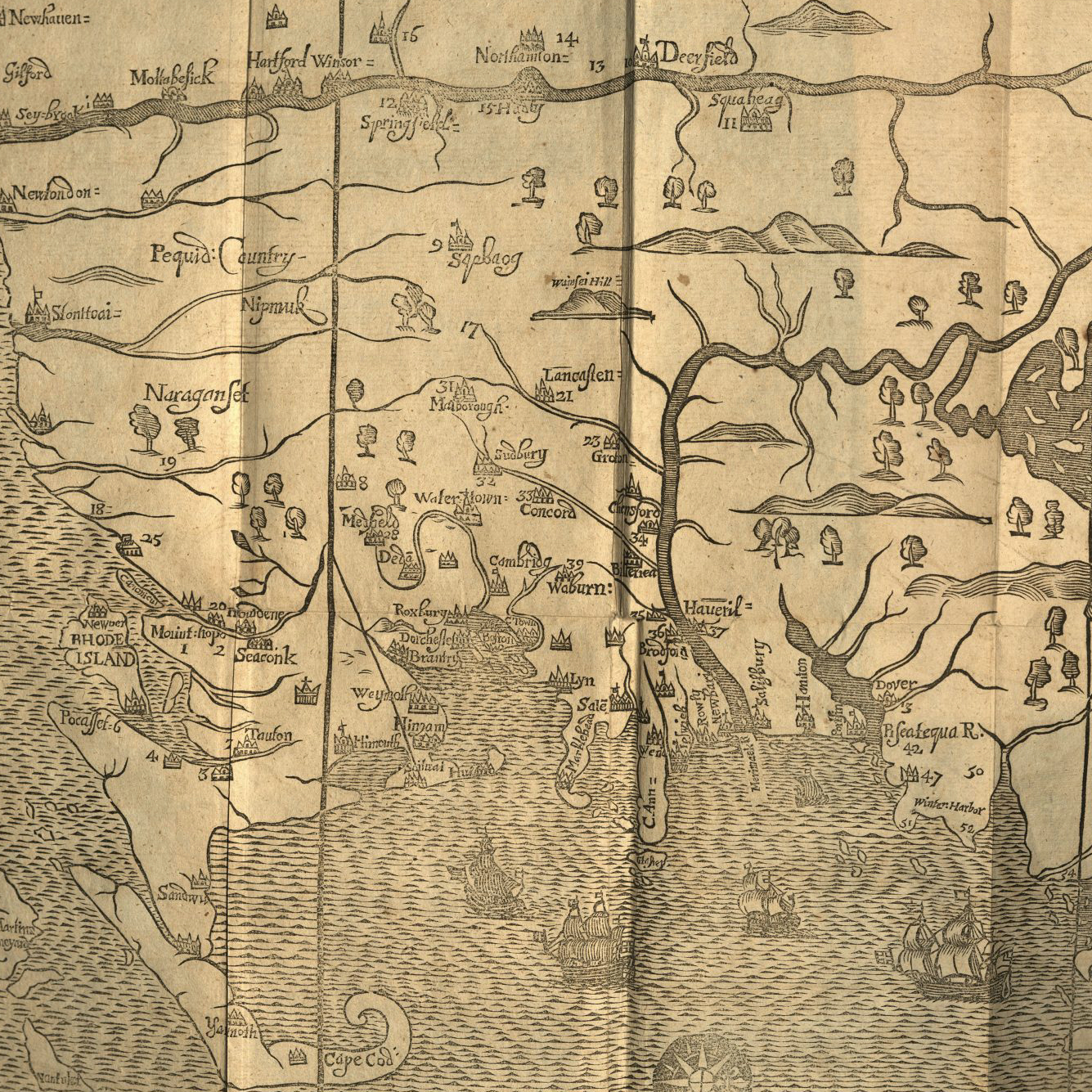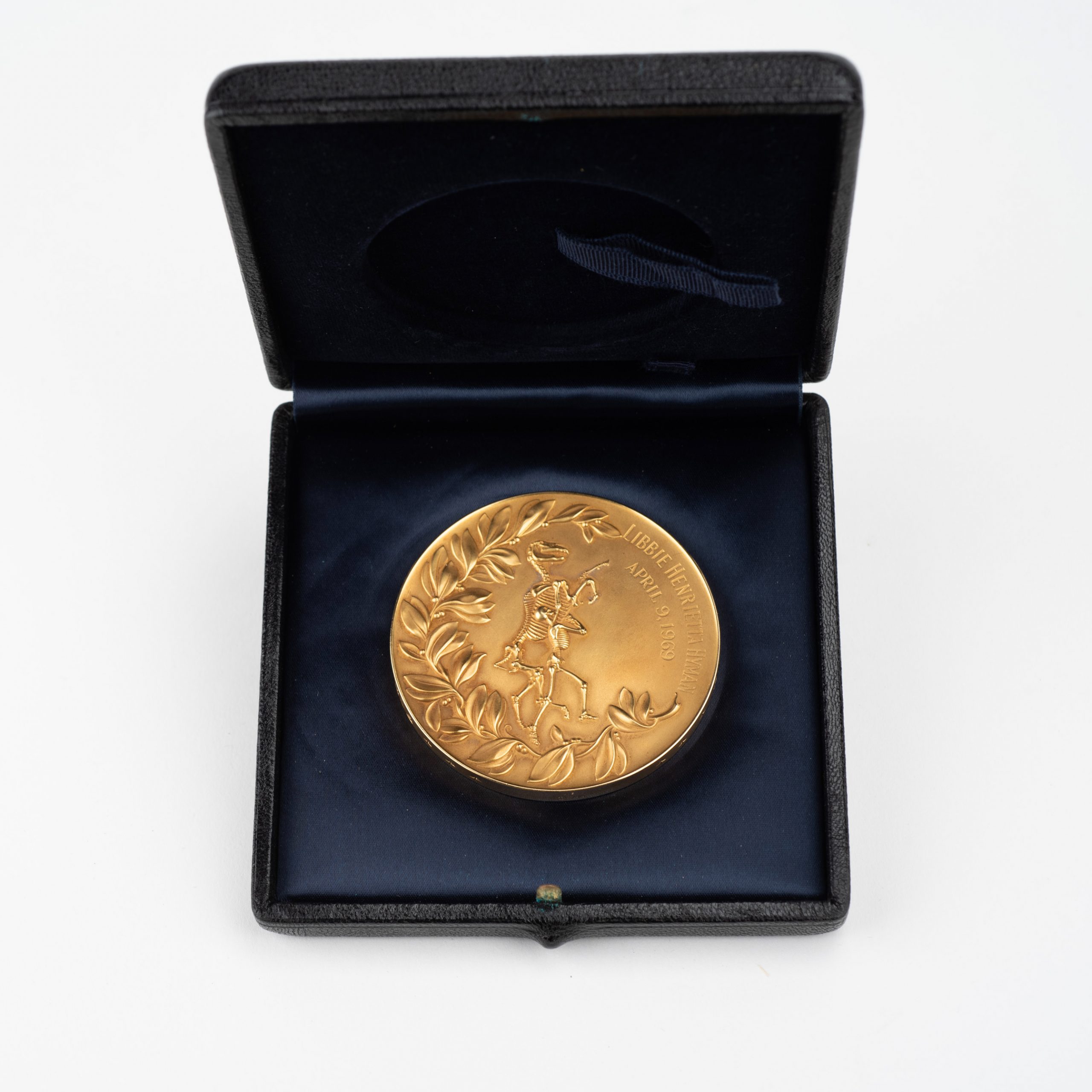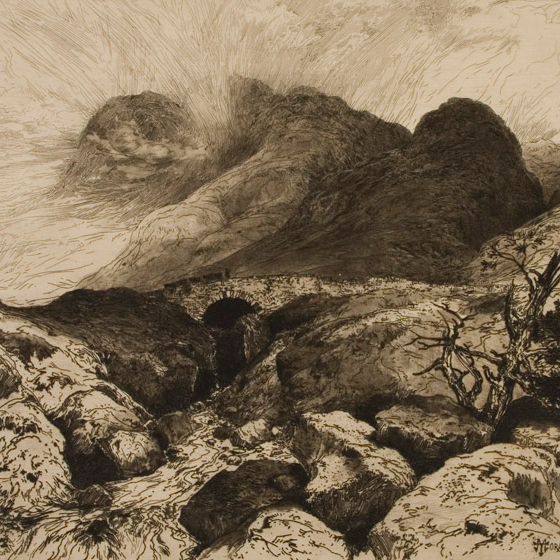Road Map
Enrique Chagoya (Mexican, b. 1953)
2003
Color lithograph
Contemporary World Art Fund
Road Map is by artist and professor Enrique Chagoya. Chagoya tells us that his art seeks to investigate and subvert dominant narratives concerning the “discovery” of the New World and its people. He regularly juxtaposes cultural artifacts from Anglo-American and European cultures with those from Native American and Latin cultures, demanding viewers invert their perspective. In “Road Map,” Chagoya depicts the evolution of colonial subjugation and oppression into present-day geopolitical power relations as visualized through map. He uses the commonplace and seemingly apolitical language of mapping to emphasize the unequal, colonial, and exploitative economic, political, and historical connections between the Americas, Africa, Europe, and Asia. In Chagoya’s imagining, the United States looms large on the map, and within its boundaries are replicas of religious and American iconography mingled with objects of war and destruction, featuring the inscription: “An object that was not where it thought. And thought where it was not.”
What does this commentary ask us to reconsider? For starters, Chagoya forces the viewer to confront the long and violent history and legacy of the US political and military involvement abroad. It has often been overlooked in historical and national narratives that the arrival of European colonizers in the Americas led to death, dislocation, and attempted erasure of Indigenous cultures. The US, conceptualized as a nation-state, is and was “thought of” elsewhere, by European colonizers. In reshifting maps, in adding new details and masking other more familiar aspects of location marking, Chagoya forces the viewer to rethink the land, the history, and the stories they might know about borders and inhabitants.
Maps, like much of the work in this exhibition, not only aid in the discovery and creation of new knowledge but are also encapsulation and articulations of said knowledge. Cartography, or map-making, is considered both an art and science. Maps themselves communicate and store information. Given a cursory glance, one gleans spatial information. Given a deeper look, maps reveal a complex of information about a culture, a time, a place, and the mapmaker themselves. They are at once meant to be objective, yet each and every map is hundreds of thousands of decisions about what to include and what information to mask; with each decision reflecting priorities, values, and prejudices.
Maps, like other art forms, also serve a purpose or function. We use maps. They lead us somewhere, make foreign terrain accessible to strangers, they convey a space into a political entity by their depiction of national territories and property lines, and they help us envision and understand the world. Consider two maps pictured below. One is from an interactive map of Native people’s historical territories, and the other is one often used in textbooks to illustrate the contents of the Louisiana Purchase. How would you utilize these maps?
Chagoya’s map suggests that maps work to obscure knowledge as well. For example, “Road Map” grossly enlarges the US and centers it within the global picture, misrepresenting the geo-spatial reality of continental arrangement. All maps misrepresent this; it is a byproduct of rendering three-dimensional reality onto two-dimensional paper. But does all distortion obscure knowledge? “Road Map” distorts the spatial reality in order to represent another reality: US imperialism. The map’s iconography reiterates the importance of this truth by foregrounding aspects of past, present, and ongoing American enterprise, which threaten to disappear into a forgotten past, a perpetual American exceptionalism and innocence.
Written by Katrina Kish

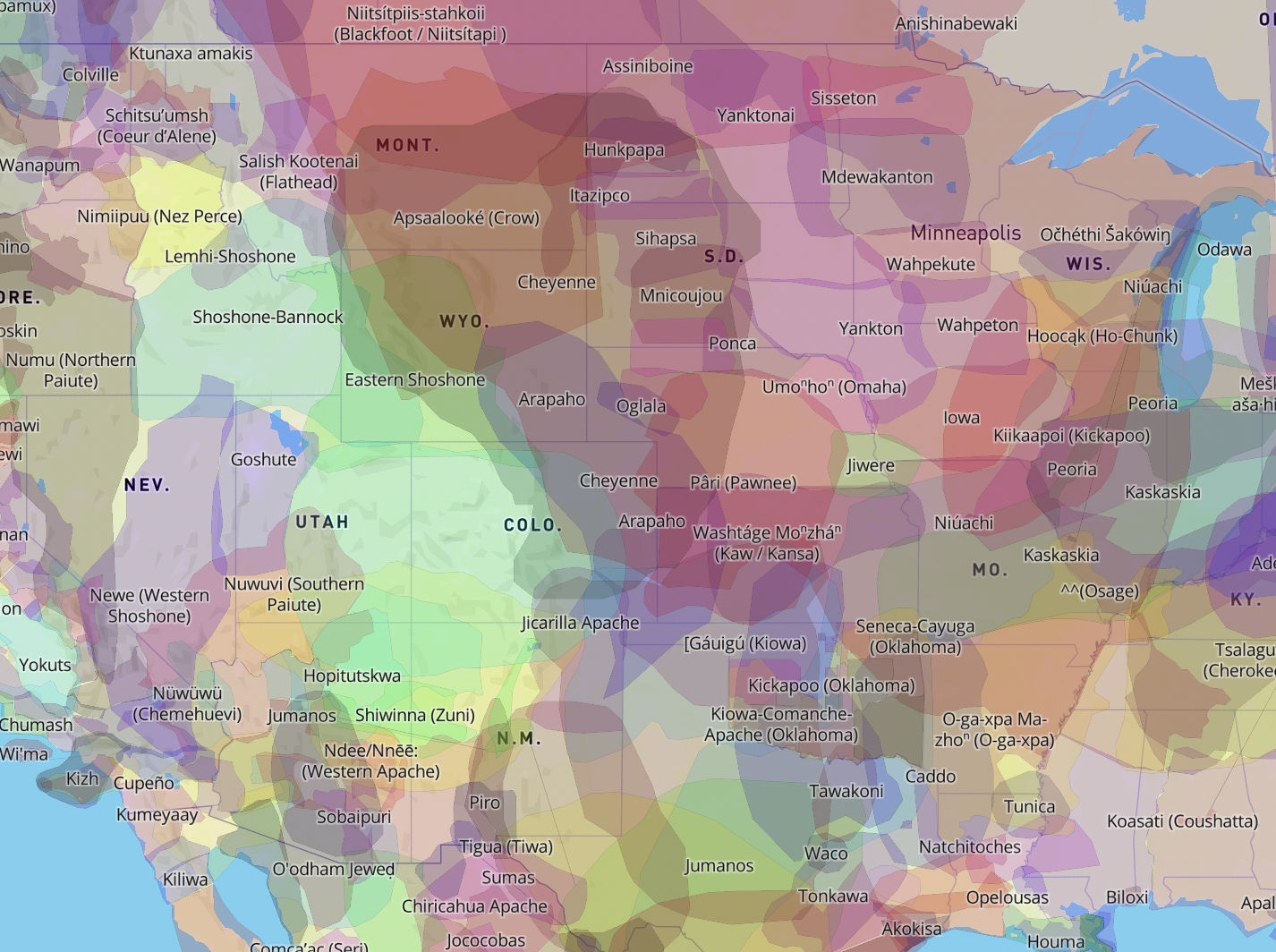
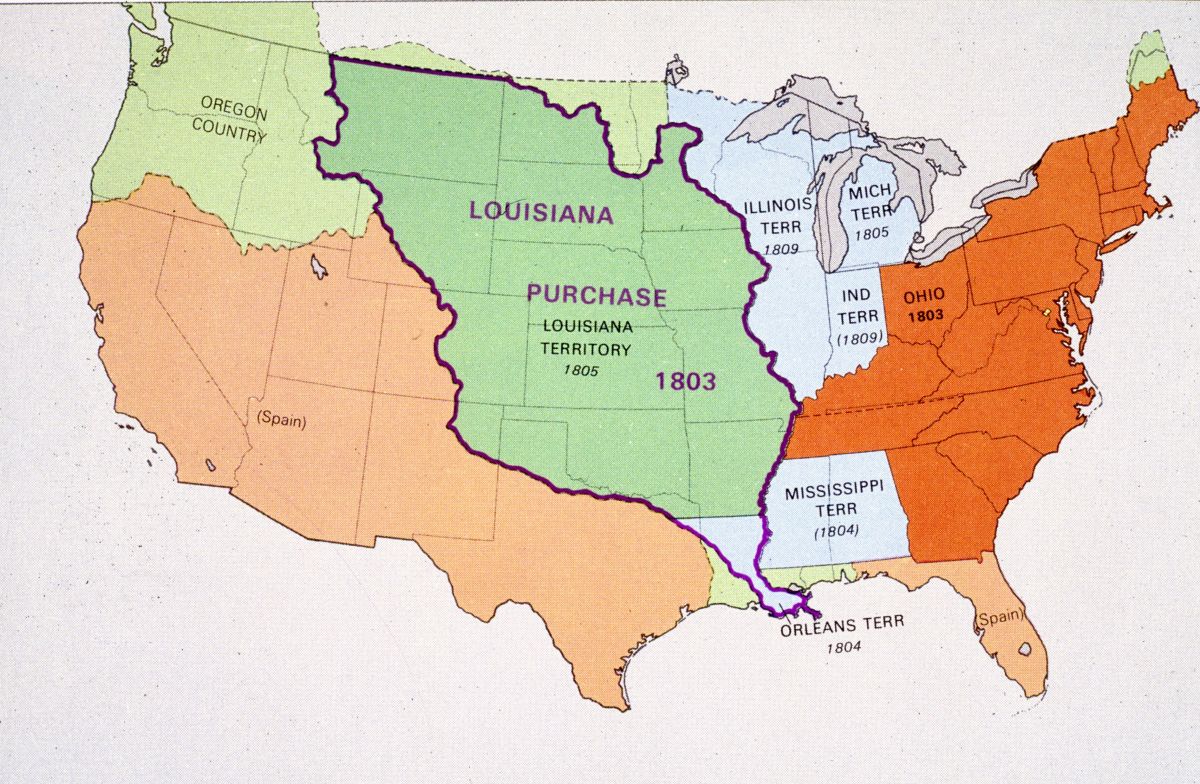
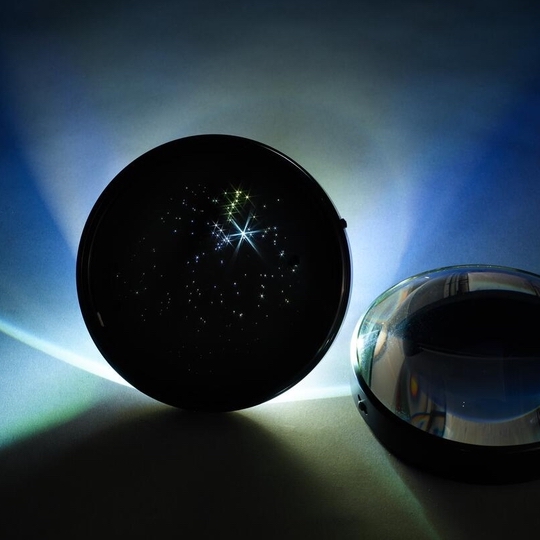
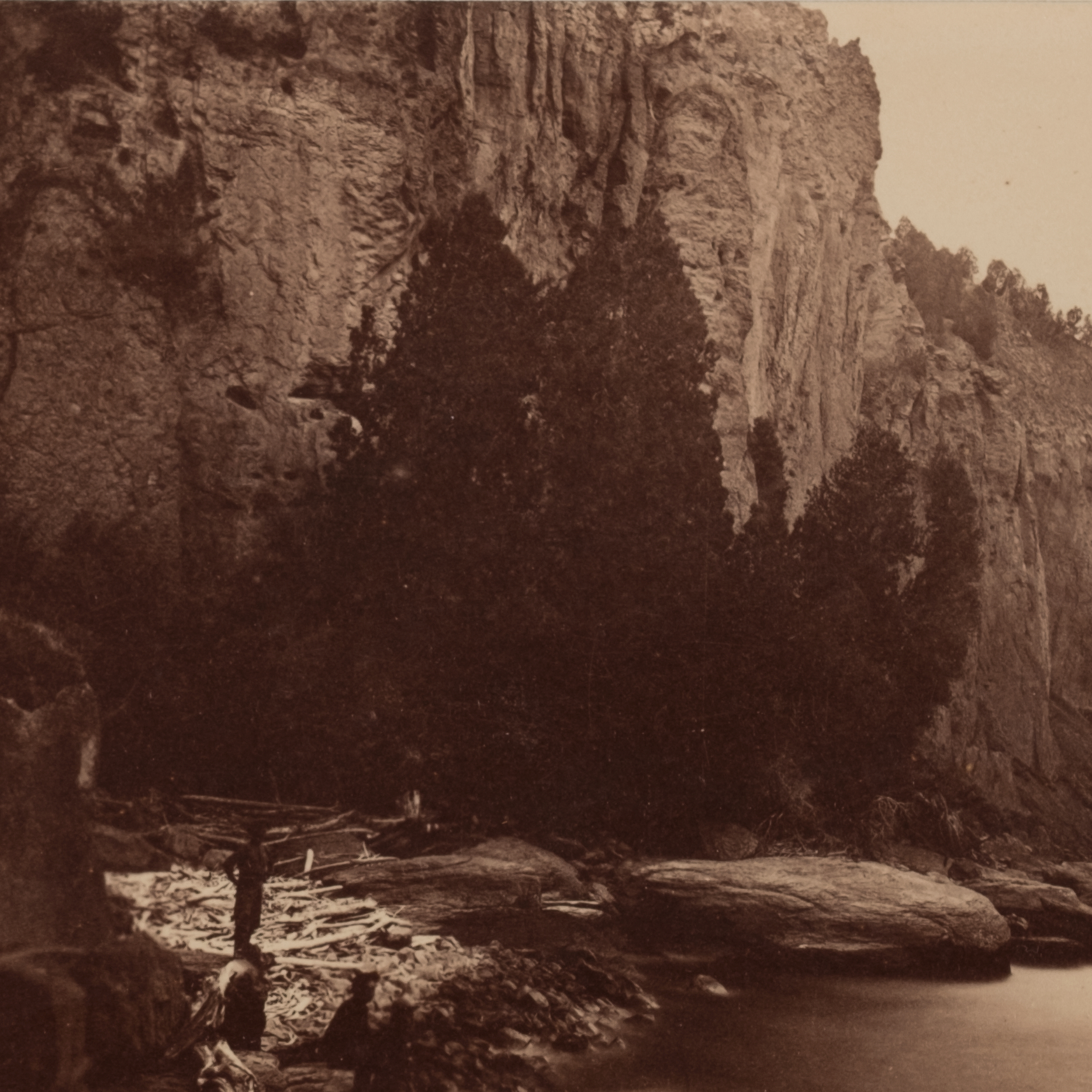
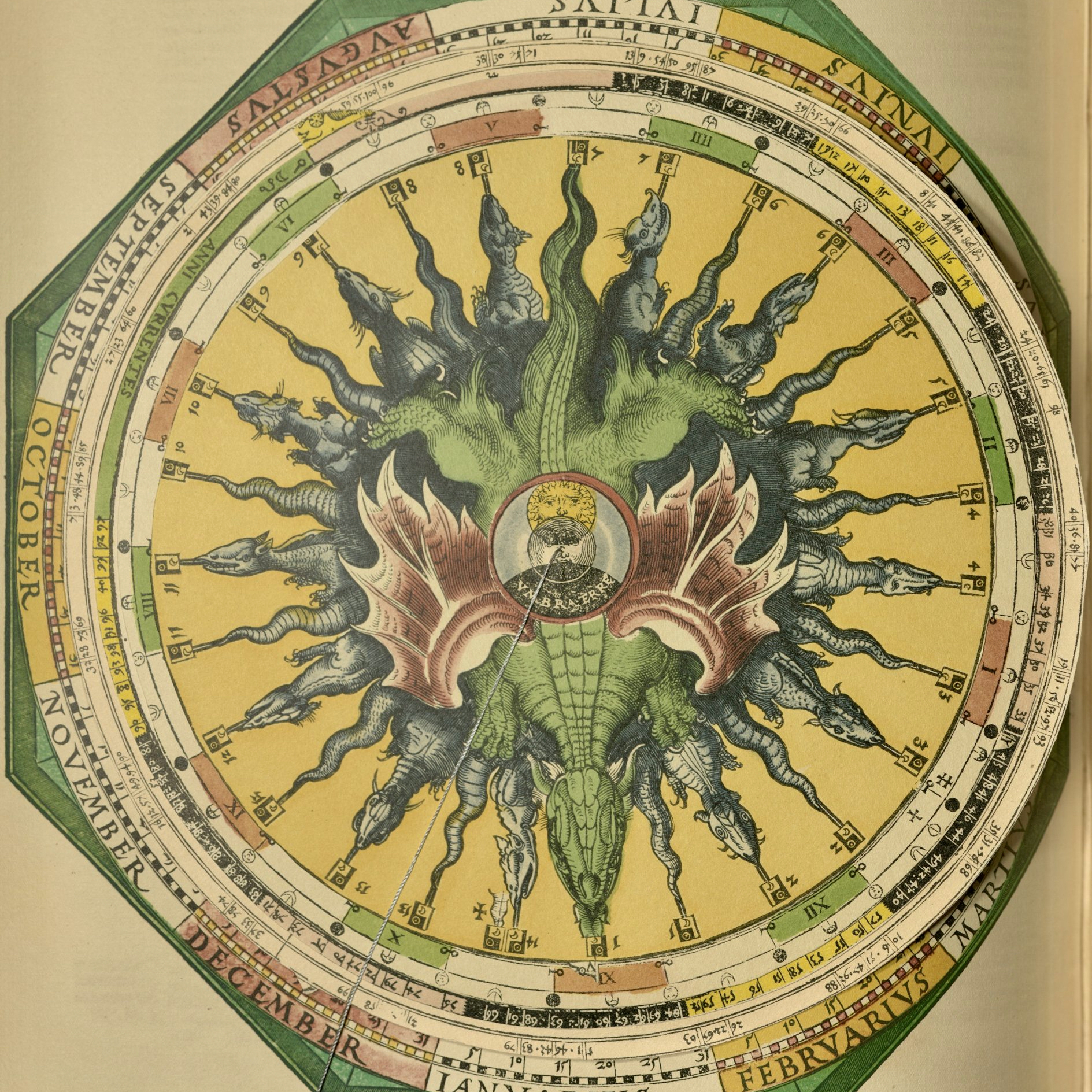

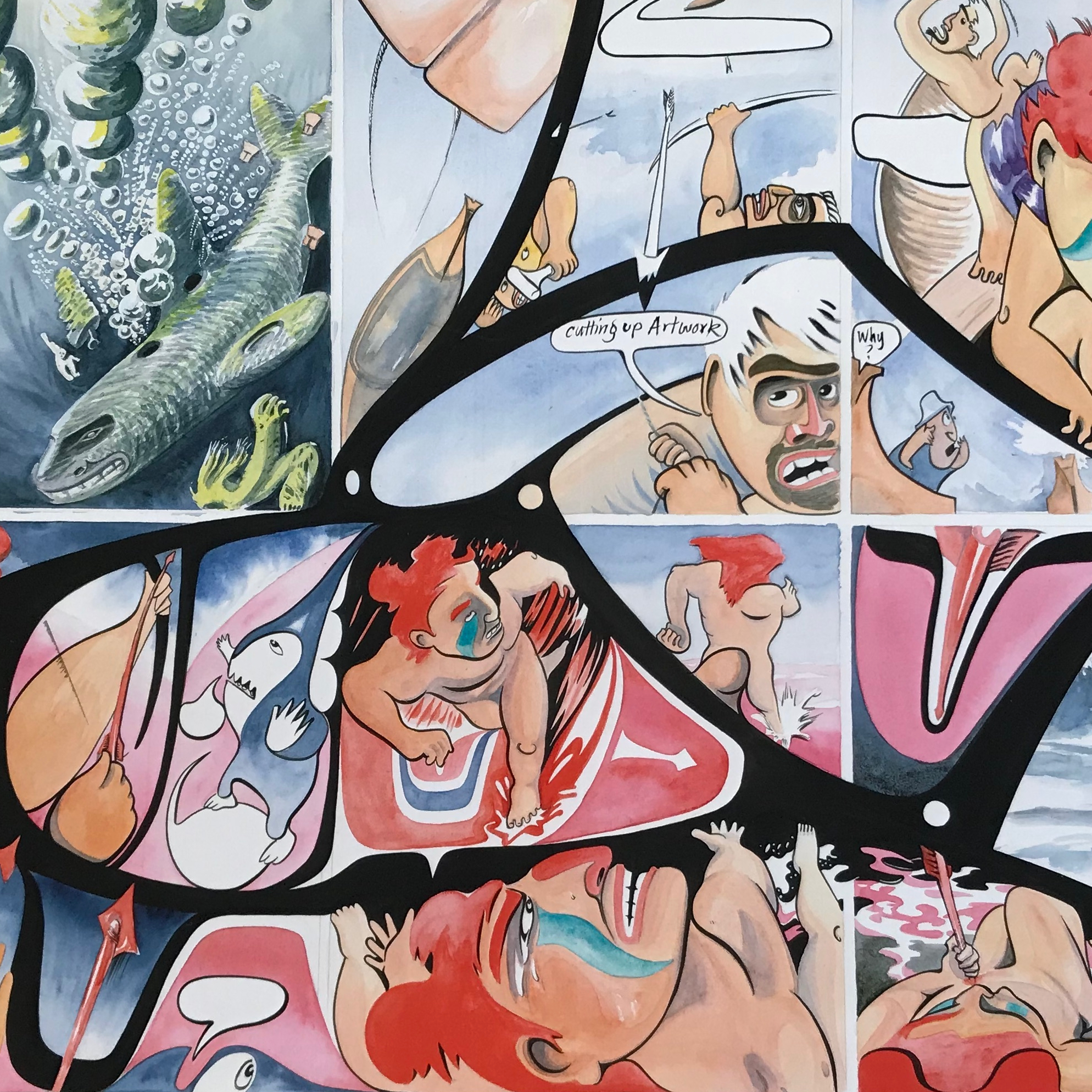
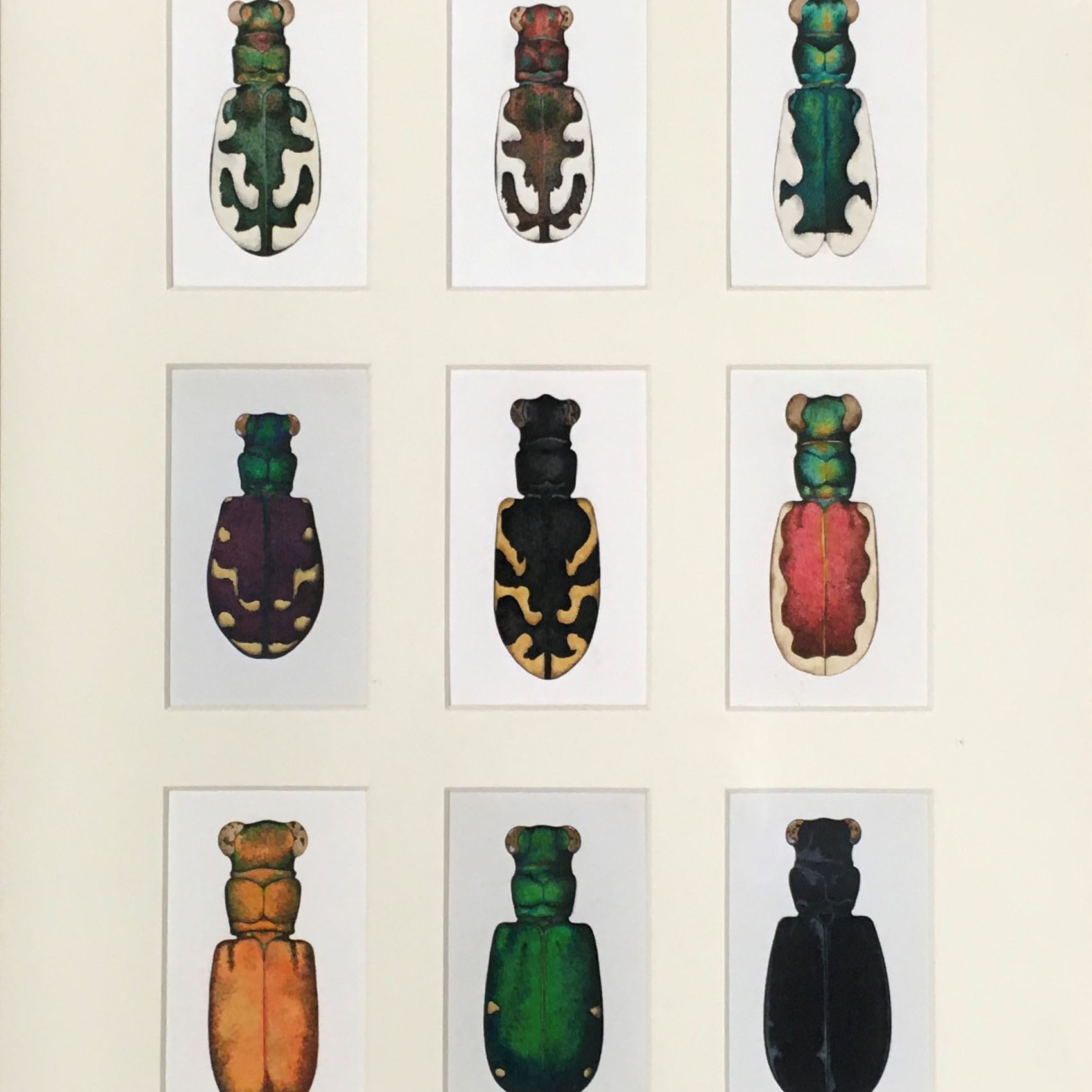
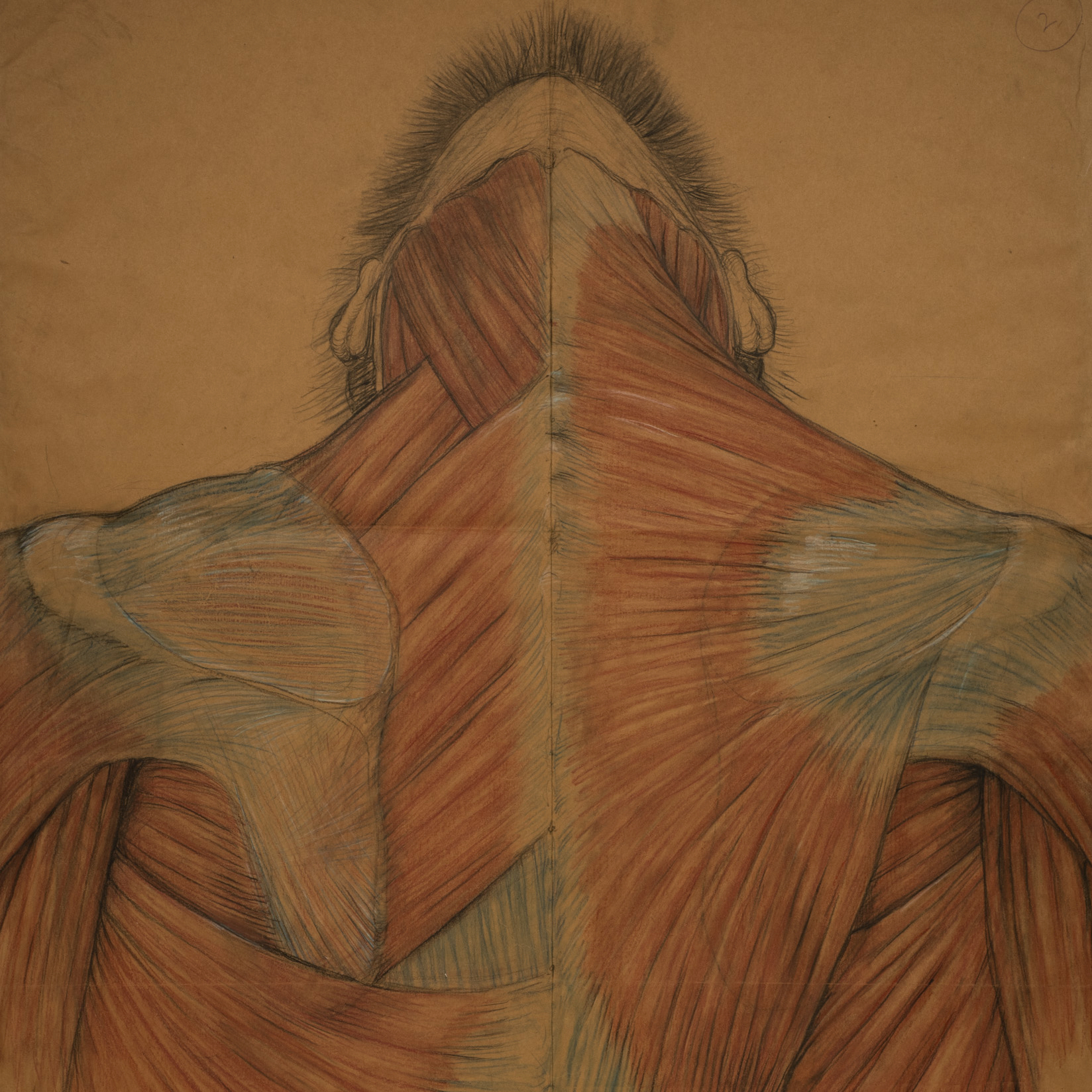


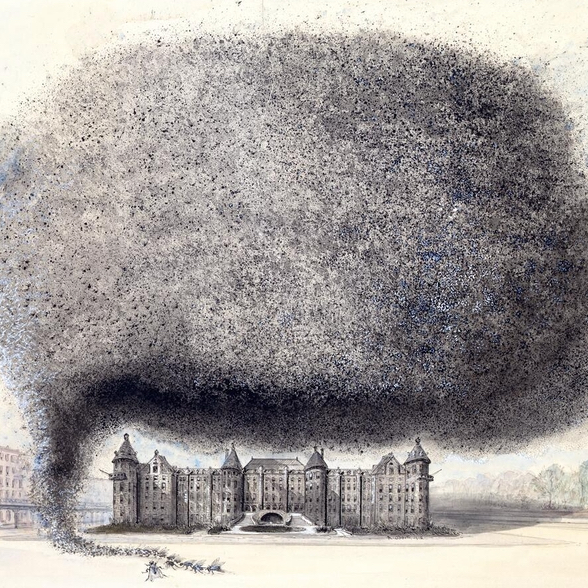
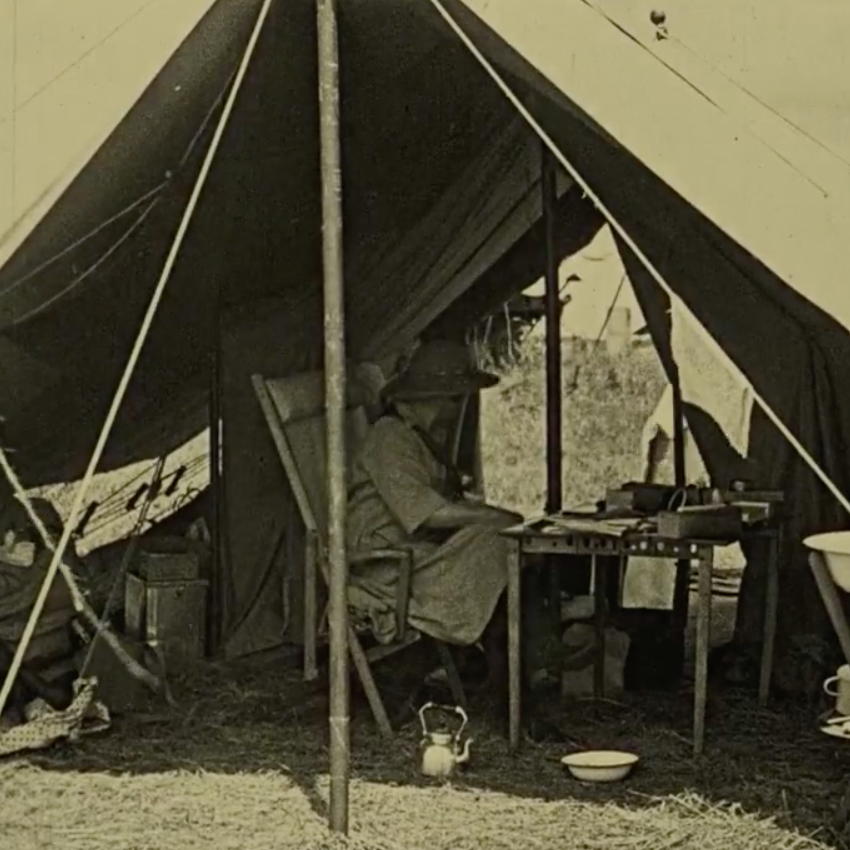
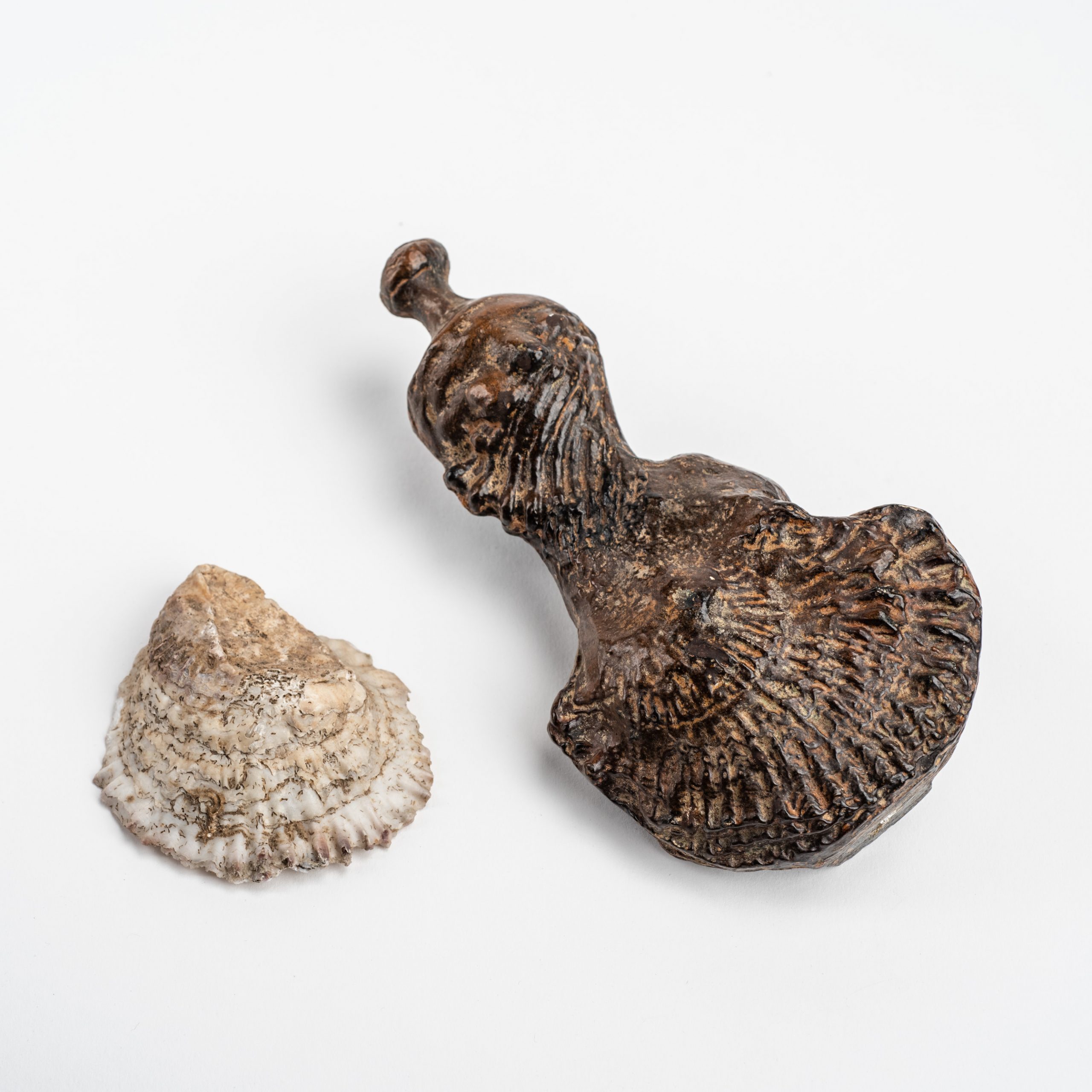
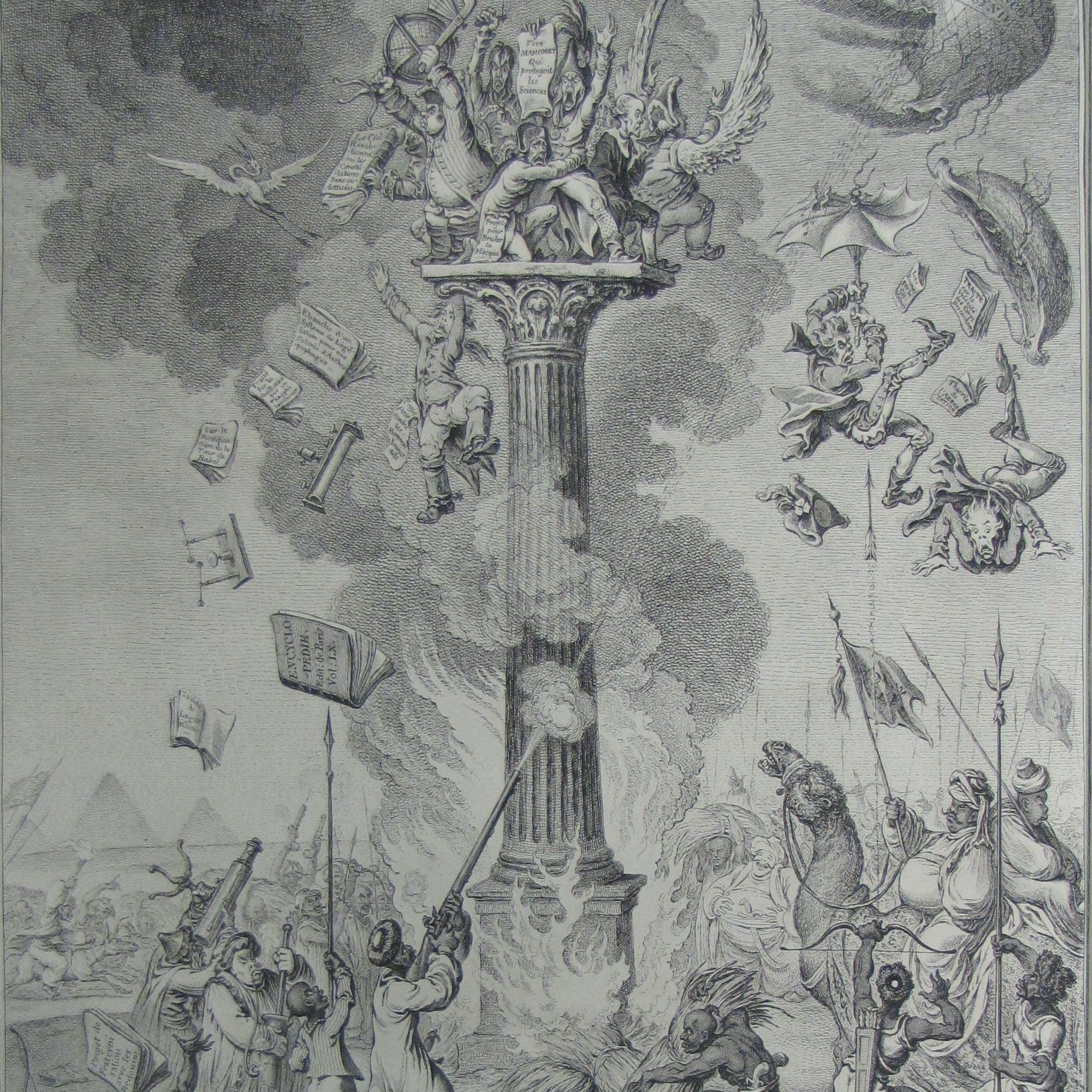
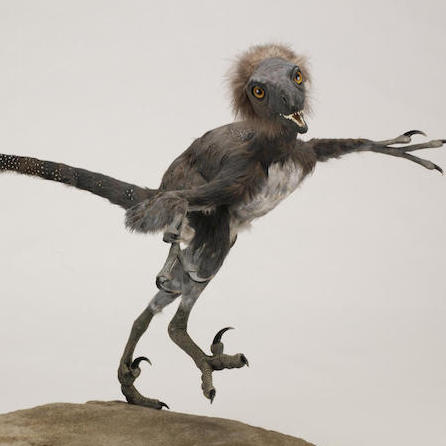
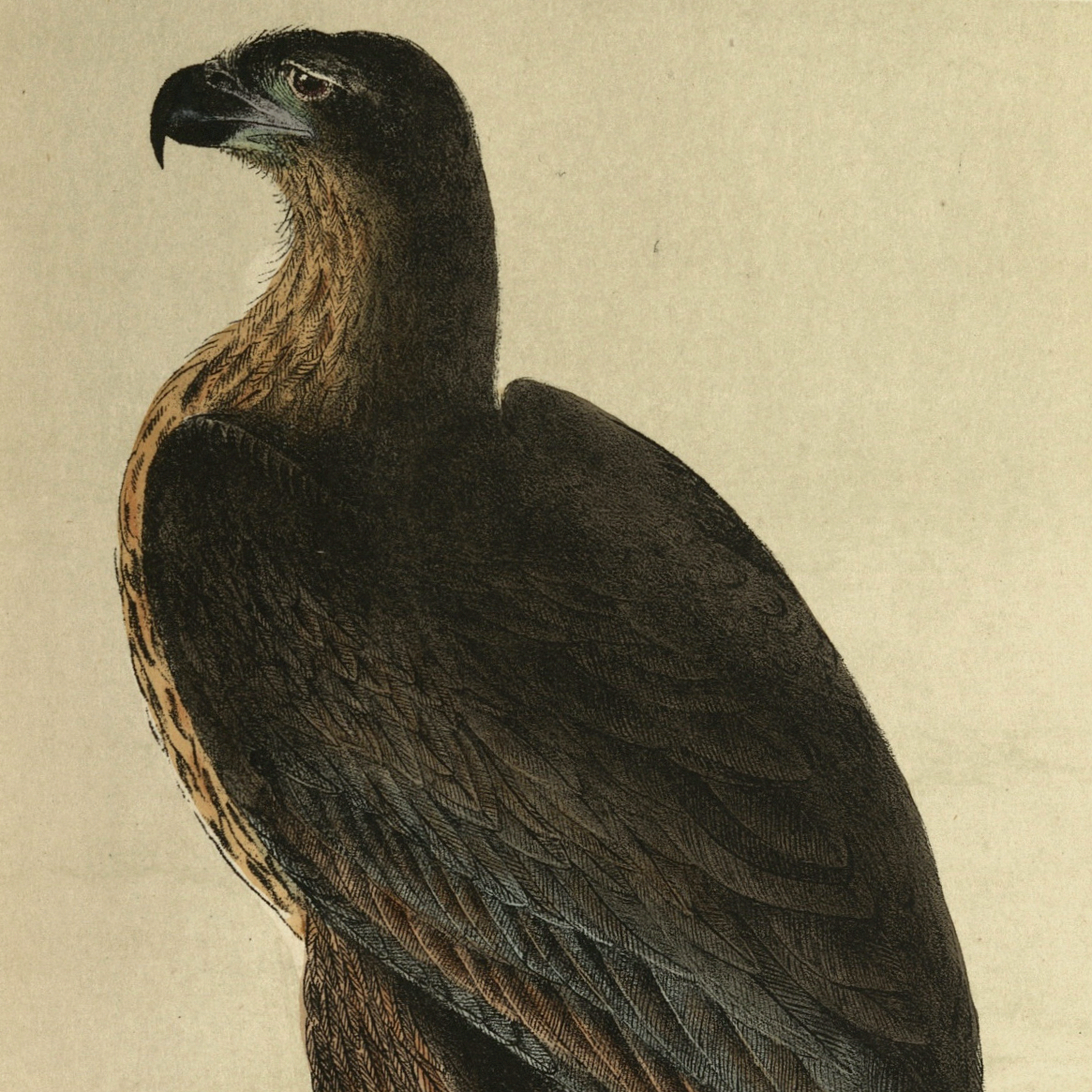
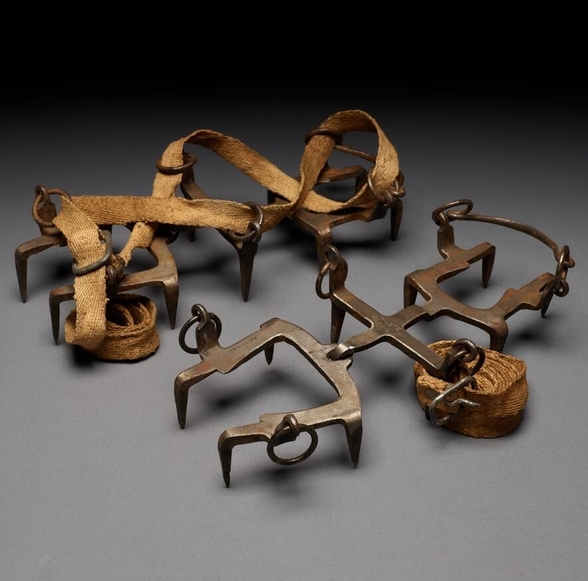
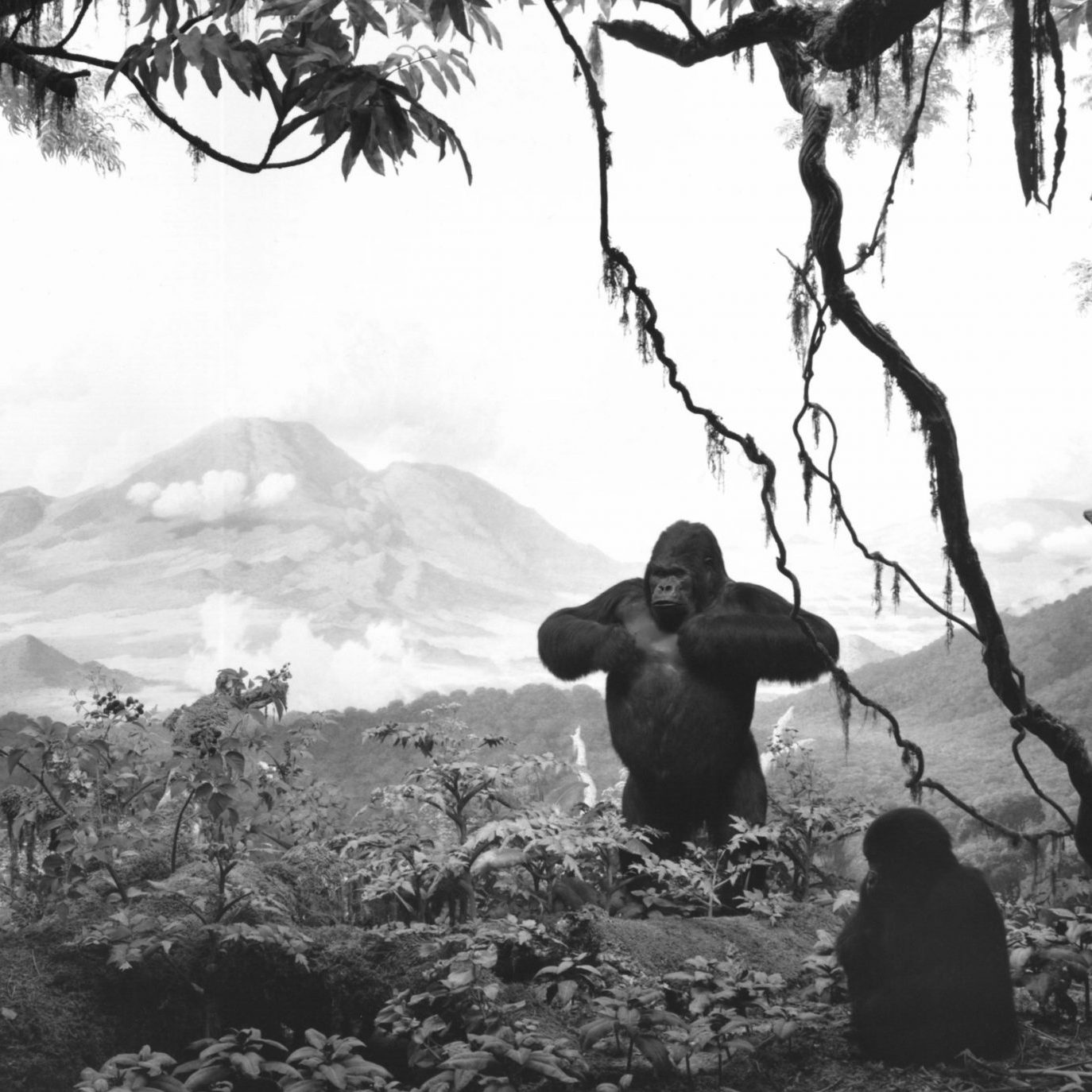
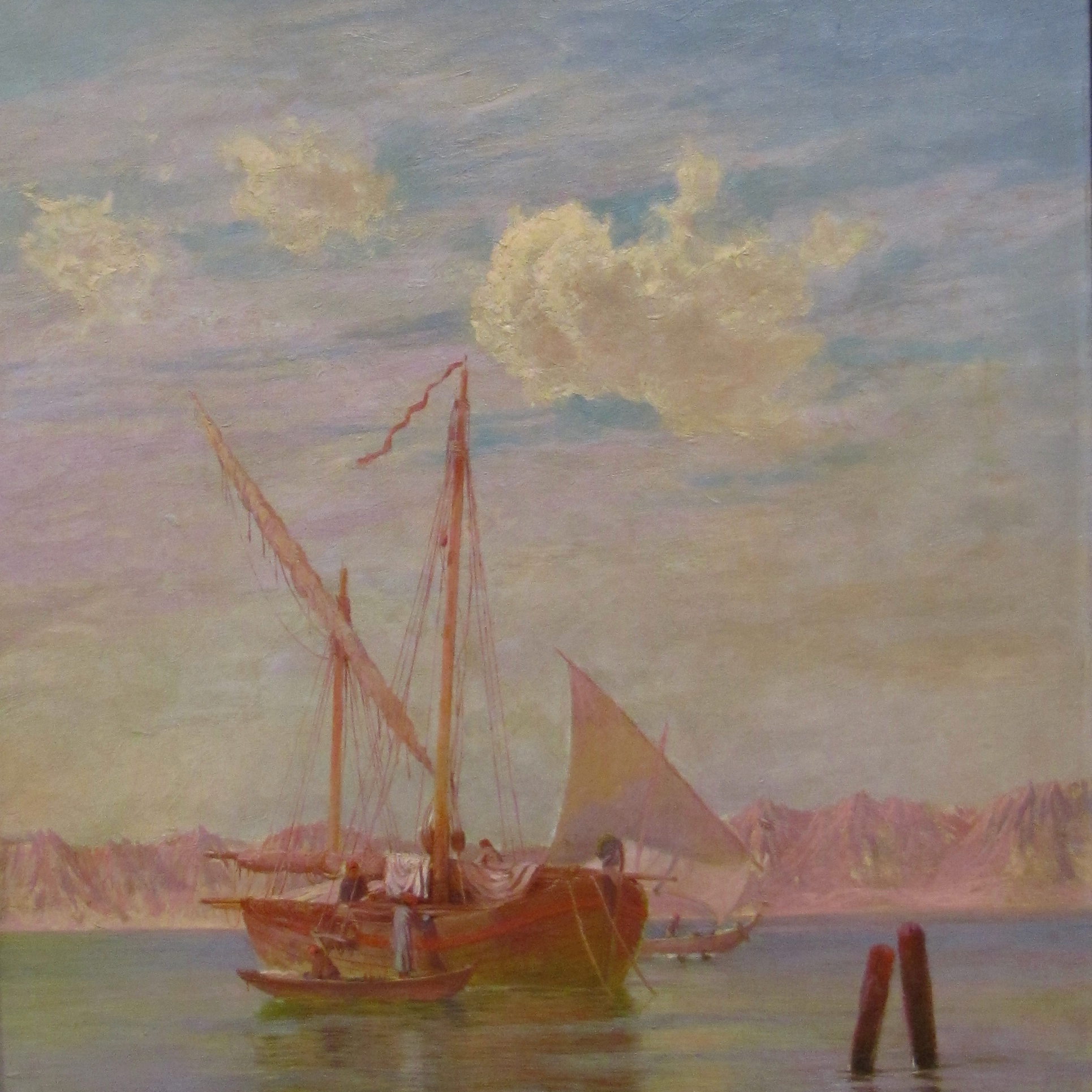
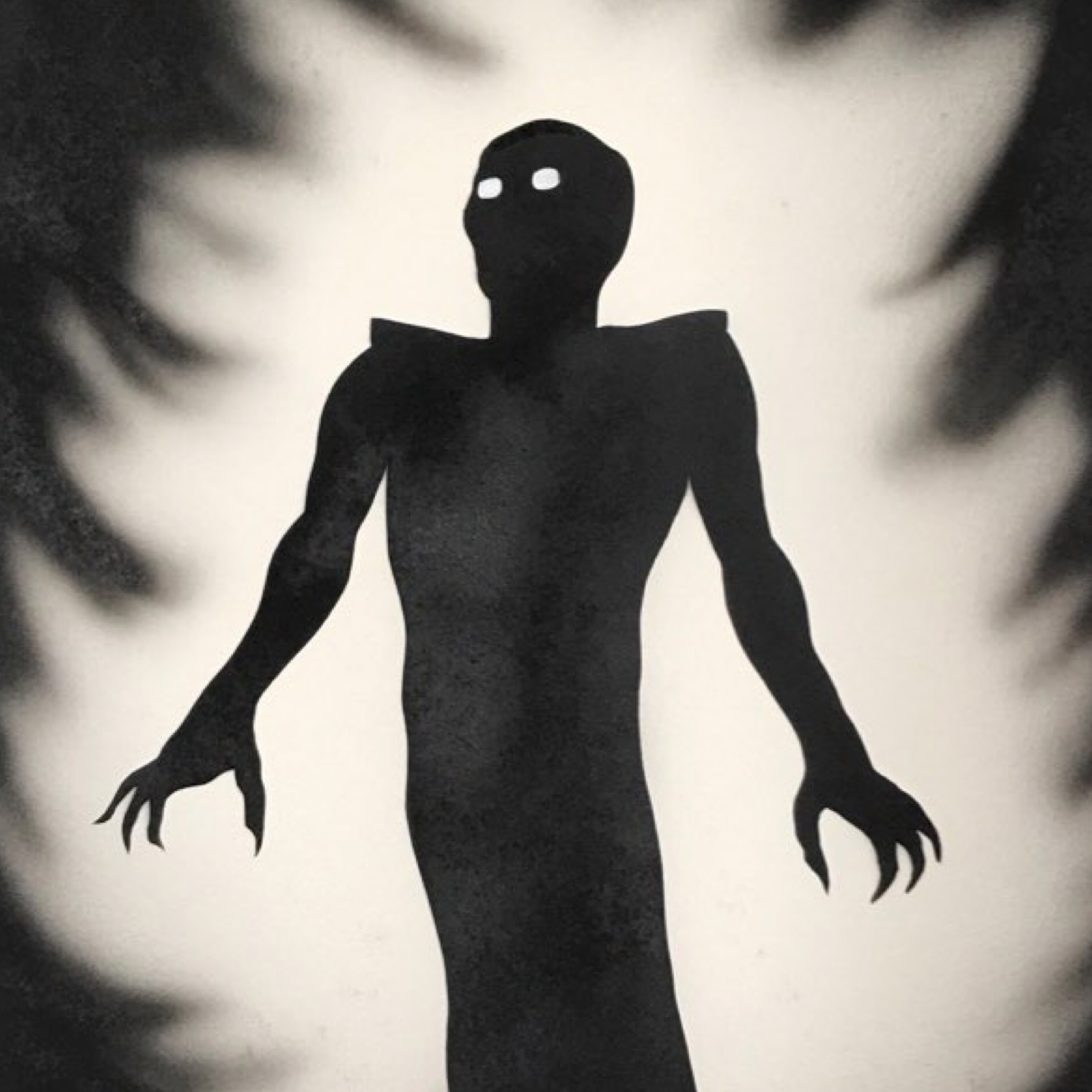

![Howard Russell Butler's [Hydrogen prominences]](https://futureoftruth.media.uconn.edu/wp-content/uploads/sites/2921/2023/01/k6584-square.jpg)
